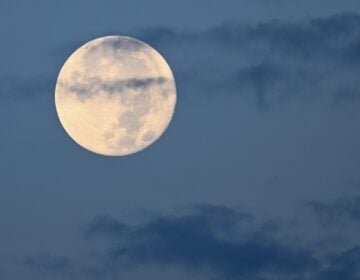Let there be light (gathering) in the darkest parts of Chile
Listen 00:06:21Thanks to dark, dark skies; Northern Chile currently houses 50% of the world’s light gathering capacity, soon to be 70% – thanks to accessible mountain sites, clear, stable and extremely dry air that offers 300-330 useable nights per year. As part of the Astronomy in Chile Education Ambassadors Program, Derrick Pitts visited two public observatories, and three research observatories from the sophisticated Santiago in central Chile to the world’s highest driest desert region, San Pedro de Atacama. Our objectives were to understand why Chile is considered the best location in the world today for gathering data from the most distant regions (earliest time) in the universe, learn about the incredibly advanced state of telescope technology today, understand the vast career possibilities connected with modern astronomy outside of research, and understand the alignment between the US research community and the Chilean government for expanding their position as the best place in the world.
On this night that features the latest sunset of 2016, Jupiter glows in the west just after sunset, Mars is on the western side of the head of Scorpius, Saturn’s on the eastern side just after sunset.
WHYY is your source for fact-based, in-depth journalism and information. As a nonprofit organization, we rely on financial support from readers like you. Please give today.




